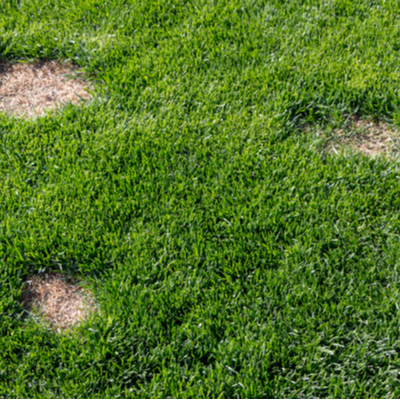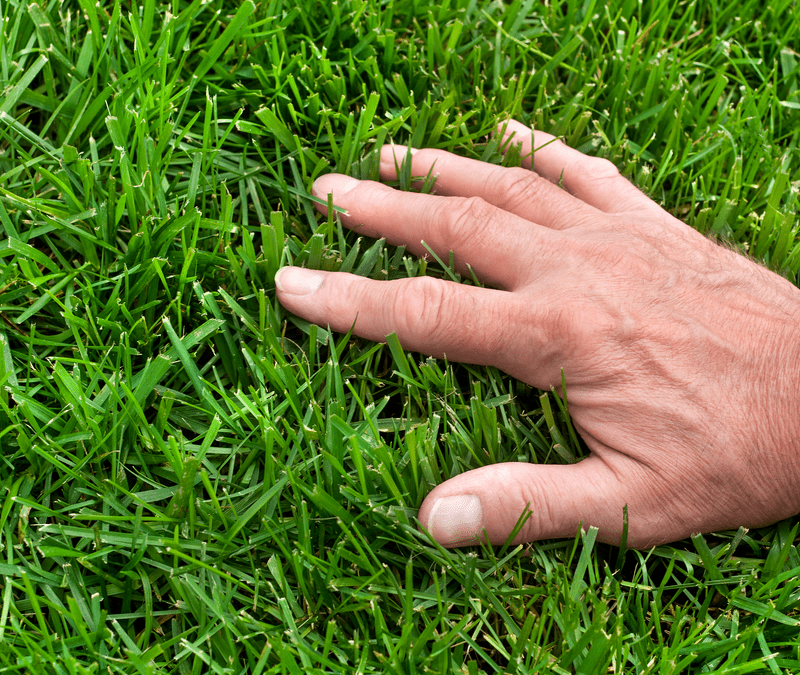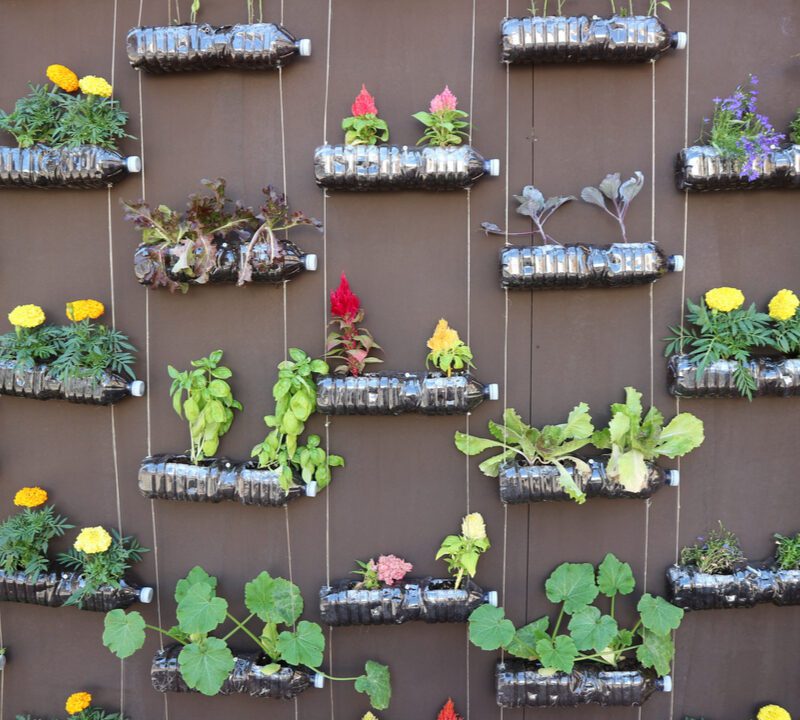- America's #1 lawn care company.
- 225-752-7252
Common Diseases That Attack Mississippi and Louisiana Lawns

Why You Should Let Professionals Take Care Of Your Yard In 2021
January 25, 2021
Know Your Enemy: Common Spring Weeds of Southern Lawns
February 22, 2021Homeowners put a lot of time and effort into their lawns here in the South. We have to deal with pests, droughts, and lawn diseases. Lawn diseases can affect all grass types and can pop up seemingly overnight. But lawn diseases don’t just happen. There’s more going on under your soil than you realize. By identifying common lawn diseases in your grass you’ll be able to tell what is causing it and know what to do to amend it.
Rust
Rust is a fungal disease that affects warm-season grasses such as zoysiagrass and St. Augustine grass. Rust favors humid weather with night temperatures ranging from 70 – 75 F and day temperatures ranging from 85 – 95 F. The first sign of rust is small white, yellow, or orange spots that appear on the leaves during the cooler months. A cloud of red dust can be kicked up into the air when the grass is mowed and can also get on your shoes and clothing. As the disease progresses, the leaves may develop wounds that turn yellow, brown, or even black, and will eventually die.
Fusarium Blight
Fusarium blight is a lawn disease that attacks cool-season grasses such as fescues, perennial ryegrass, and Kentucky bluegrass. Fusarium blight becomes noticeable during hot, dry conditions of summer. The disease appears as small ringed patches of dead grass that can be anywhere from six inches to 1 foot in diameter. If left unchecked, it can destroy whole swaths of lawn that can take months and hundreds of dollars to repair. You can do your part to prevent fusarium blight by setting your lawnmower to at least 3” and by keeping your grass properly hydrated.
Gray Leaf Spot
Gray leaf spot affects St. Augustinegrass primarily during our hot and humid summers. Caused by a fungus, it appears as an oblong tan spot on the individual blades of grass. The fungus can weaken lawns, slowing down growth, and killing large areas of grass. This can give opportunistic weeds as well as pests a chance to gain a foothold. Signs of gray leaf spot usually appear in shaded areas along the northern areas of your property.
Dollar Spot
Many diseases are caused by excess moisture on your grass. Dollar spot is one such disease that can develop when your lawn is wet for long periods of time. This can happen because you water too late in the day, your soil is compact, or there is too much shade. You most likely will encounter dollar spots in the spring when night temperatures hover above 50 degrees. Dollar spot can give your grass a white or bleached appearance. Symptoms start to appear in late spring or early summer. To prevent dollar spot, consider aerating your yard and changing your watering habits.
Brown Patch
Brown patch is one of the more common diseases of Southern lawns. It first appears as an unassuming round brown spot that can begin as several inches in diameter and grow to several feet. It is most common during hot and humid conditions of summer. Poor soil drainage, compact soil, or watering too much or too late in the afternoon can contribute to the development of brown patch. Brown patch can weaken and kill your grass, leaving the space open for weeds and pests to invade. Grass infected with brown patch can be easily pulled up. Practices that can prevent brown patch include overseeding with more resistant varieties of grass and ensuring your grass can dry out before night.
Call The Lawn Care Experts At TruGreen Midsouth
At TruGreen, we treat your lawn like our own. It is our job to create amazing yards and landscapes. It’s not too late to sign up for exceptional lawn care service for 2021. Our lawn care experts are standing by to take your call.
Call us at 225-465-0665 if you are a Louisiana client, but if you’re from Mississippi, call us at 662-330-1330. Or get a free and easy quote here. Get access to all our tips on pest control, lawn care, tree care, and more by following our monthly blog. Check us out on Facebook for the latest TruGreen deals and news in your area.




